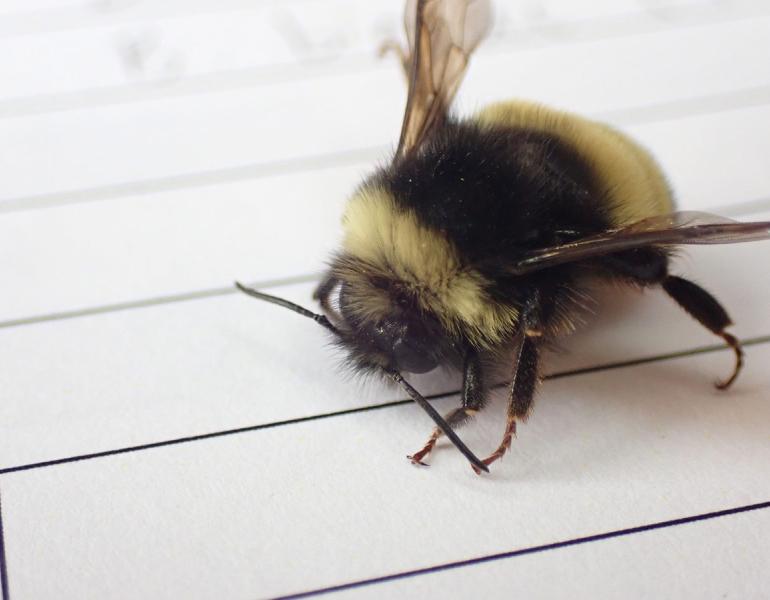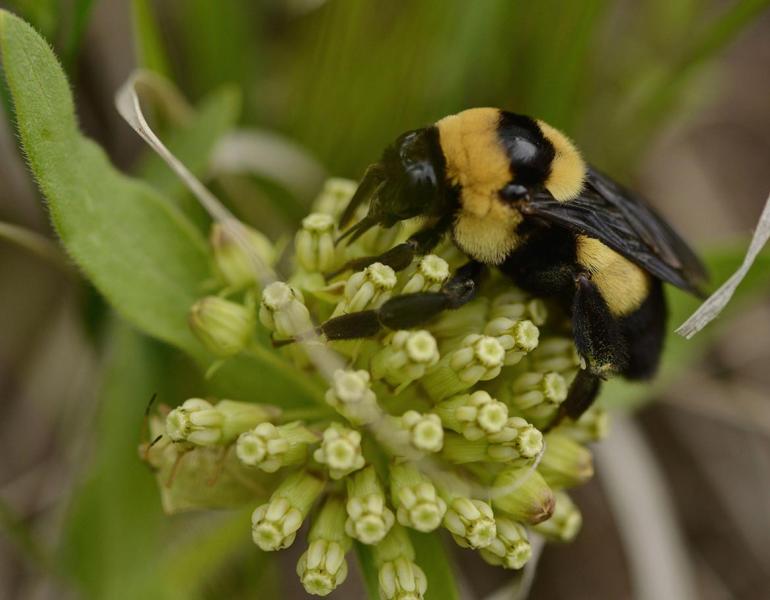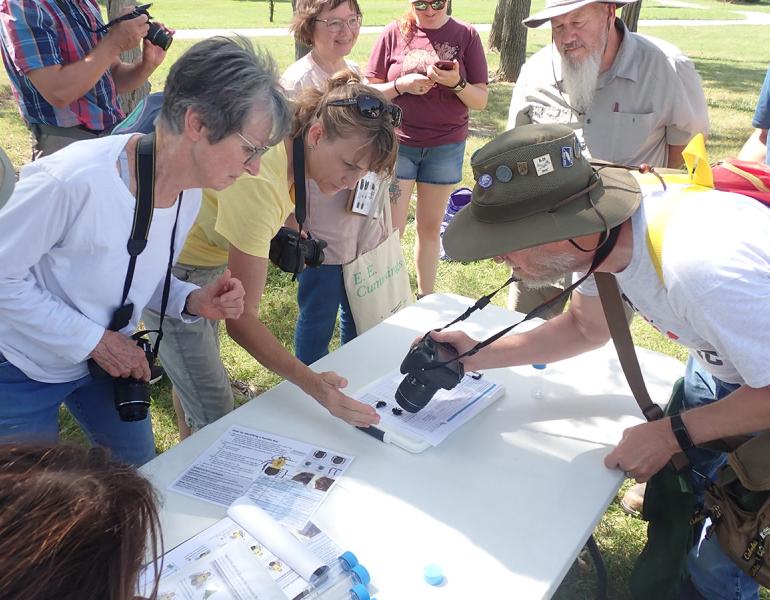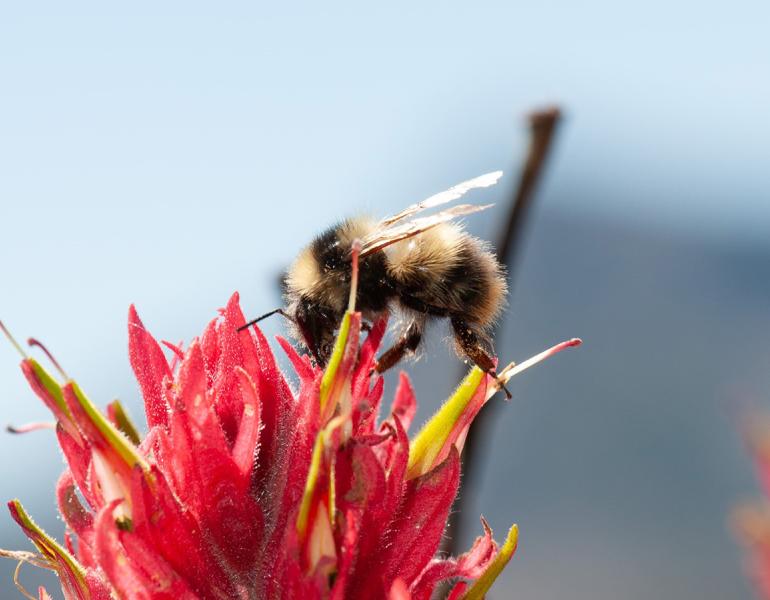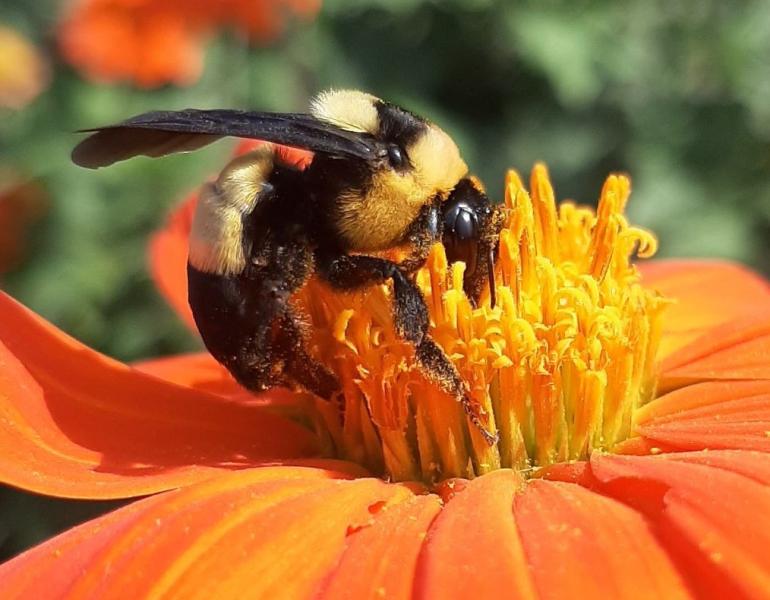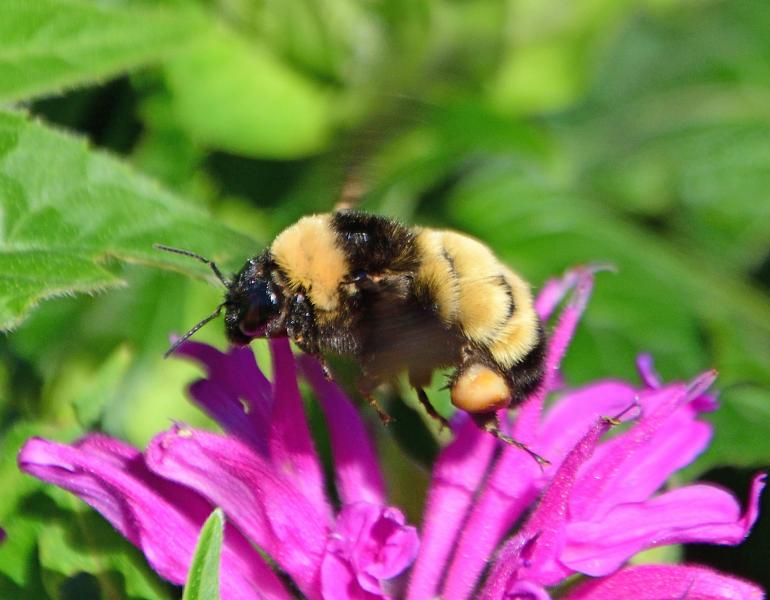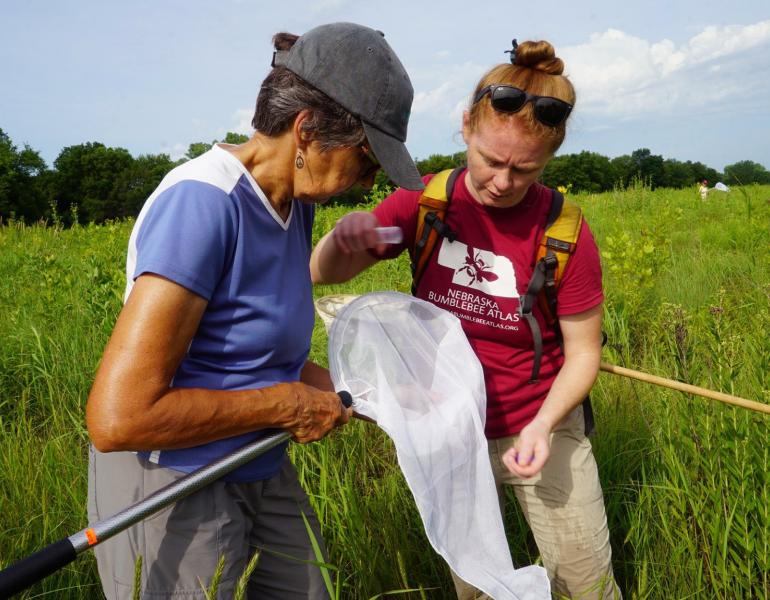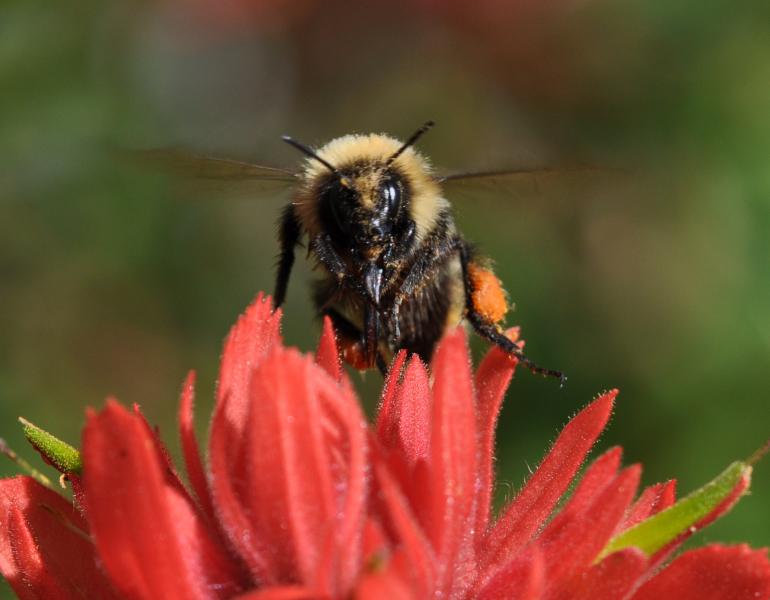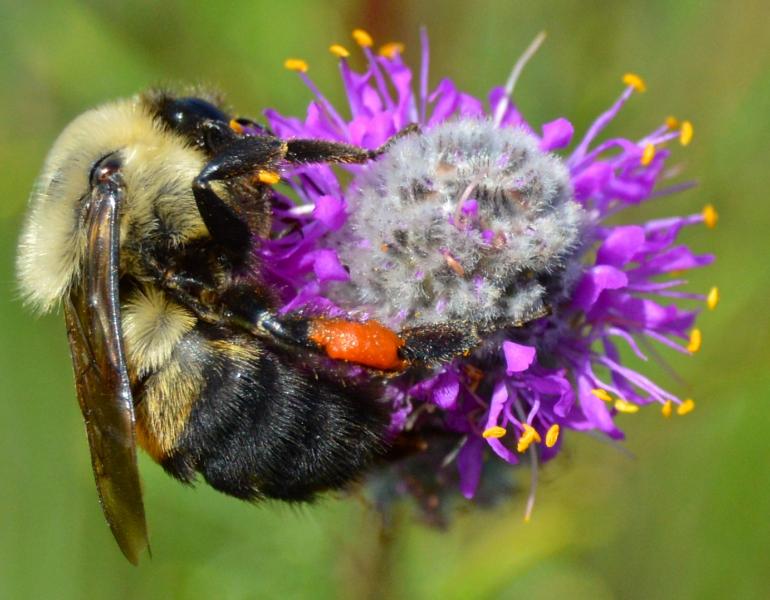Bumble Bee Atlas and Bumble Bee Watch are vital for filling data gaps and informing future conservation efforts. Today, we are highlighting some of the exciting finds of this summer’s collective efforts!
Bumble Bee Atlas
Celebrating Community Science as the Bumble Bee Atlas Expands to Five New States
With Montana, Colorado, Utah, Nevada, and Wyoming joining, the Bumble Bee Atlas is filling a key region gap that is home to many at-risk species!
Southern Plains Bumble Bee is One Step Closer to Federal Protection
The U.S. Fish and Wildlife Service has confirmed that the Southern Plains bumble bee is being considered for federal protection.
Midwest Volunteers Map 18,000 Bumble Bees
Traversing the vast grasslands from North Dakota to Kansas, through the glades of Missouri and wetlands of Minnesota, hundreds of community scientists roamed the Midwest last summer in search of bumble bees. And they found them!
Washington State Becomes First to Adopt a Statewide Strategy to Protect Bumble Bees
Washington has just become the first state in the United States to develop a statewide strategy to conserve bumble bees. The strategy, focusing on eight bumble bee species, was created with leadership from the Xerces Society and informed by data collected through the Pacific Northwest Bumble Bee Atlas, a Xerces community science program.
Turning Appreciation into Action Through Community Science
During the month of April, there is a focus on community science projects that can be done right from home. So, the next time you find yourself in an impromptu photoshoot appreciating that magnificent monarch, fuzzy bumble bee, or fabulous milkweed, consider taking it a step further by adding your find to a community science project.
It Takes (More Than) a Village
Xerces Society work to involve community scientists in tracking bumble bees have resulted in many thousands of people submitting nearly 75,000 observations. Together, this sheds light on bumble bee populations, where they are thriving, and on which plants they are foraging -- and informs conservation and protection efforts.
Nebraska Bumble Bee Atlas: Doing a Little to Impact the Whole
The 2020 survey season begins this June. We hope you’ll join us in our quest to learn more about bumble bees and restore Nebraska’s natural habitats.
Five Ways to Support Queen Bumble Bees this Spring
This is a critical time of year because the queen needs sufficient food herself, as well as enough to nourish her first batch of developing offspring. Adding early blooming shrubs and trees to your yard or garden can provide essential resources that will help springboard the colony to health.
The Source of Hope and Wonder Comes in Small Packages
Rich Hatfield, senior endangered species conservation biologist and bumble bee lead for the Xerces Society, trekked into Washington state’s Pasayten Wilderness to find the elusive high country bumble bee (Bombus kirbiellus).
Introducing Xerces’ Newest Community Science Project: Nebraska Bumble Bee Atlas
Work alongside researchers to collect data and support bumble bee conservation.


